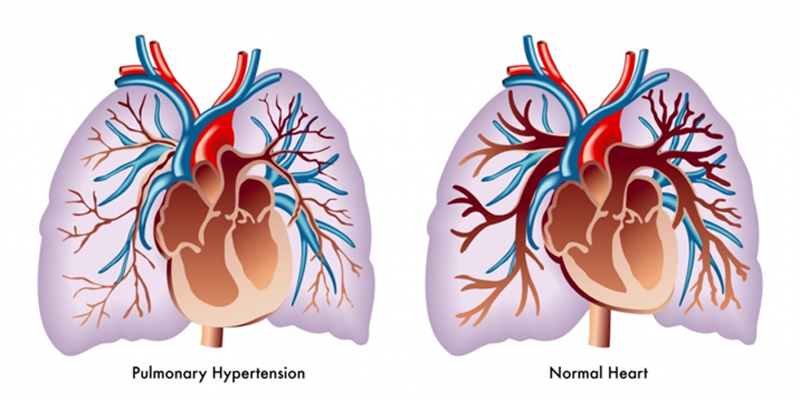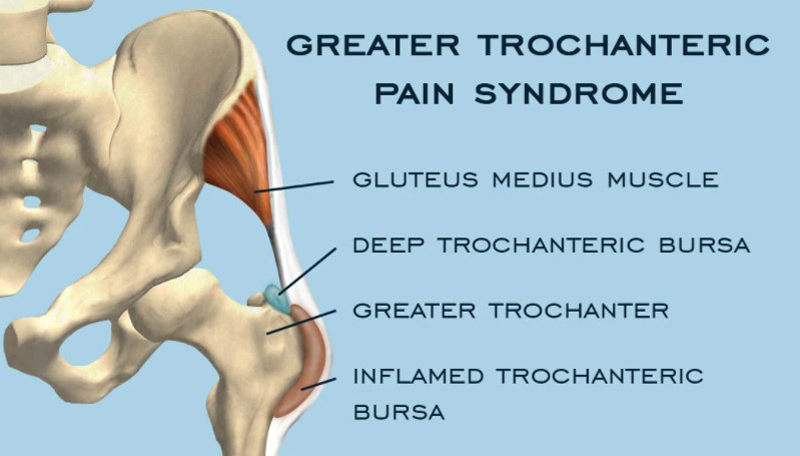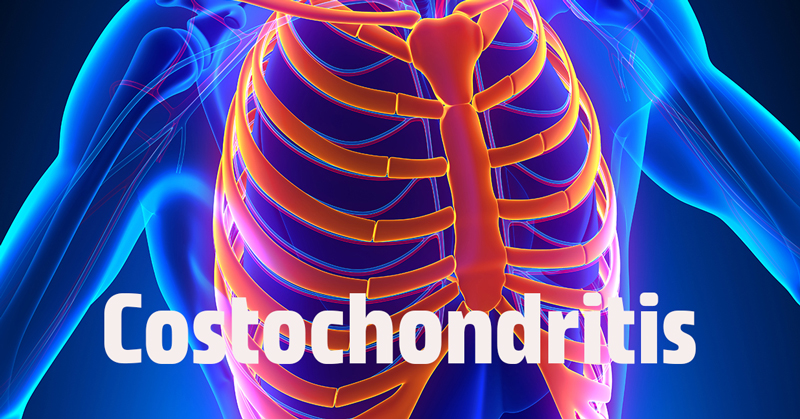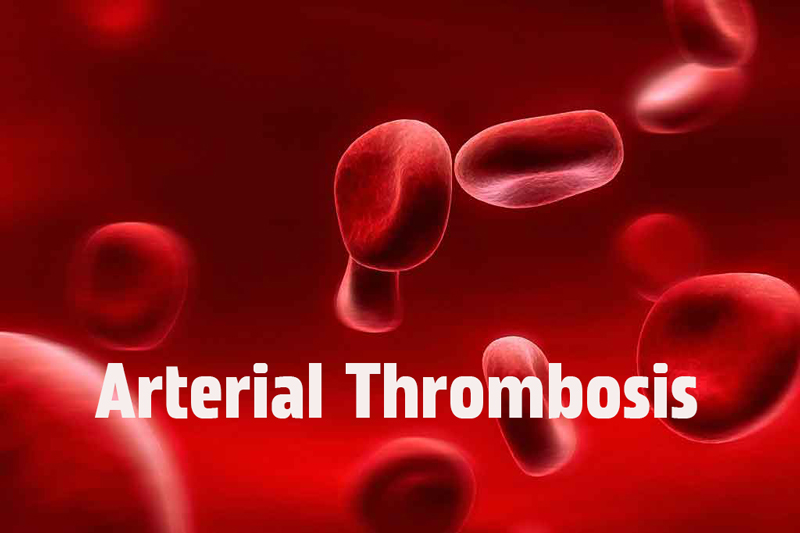Cervical Intraepithelial Neoplasia (CIN) - Symptoms and Treatment
Sept. 22, 2023 #Ovarian Cancer
Understanding Cervical Intraepithelial Neoplasia (CIN)
Cervical intraepithelial neoplasia (CIN) is the abnormal growth of cells on the surface of the cervix. It is a precancerous condition that can progress to cervical cancer if left untreated. The main cause of CIN is a persistent infection with certain strains of the human papillomavirus (HPV), a common sexually transmitted infection. CIN is typically found at the squamocolumnar junction of the cervix where the squamous cells meet the columnar cells. However, it can also occur in the vaginal walls and vulvar epithelium. CIN is graded on a scale from one to three, to determine its severity and appropriate treatment options.
Symptoms of Cervical Intraepithelial Neoplasia
Cervical intraepithelial neoplasia (CIN) usually does not cause specific symptoms. It is often detected during routine cervical cancer screenings like Pap smears or HPV tests. However, in advanced stages of CIN, some symptoms may occur such as abnormal vaginal bleeding (between periods, after intercourse or after menopause) and pelvic pain. If any of these symptoms are experienced, it is important to consult with a healthcare provider for evaluation and appropriate diagnostic tests.
Early detection and management of CIN are crucial for preventing the development of cervical cancer. Regular cervical cancer screenings are essential for women's healthcare.
Treatment Options for Cervical Intraepithelial Neoplasia
There are several treatment options available for cervical intraepithelial neoplasia (CIN), depending on the severity of the condition. Treatment decisions are based on factors such as the grade of the lesion, the patient's age, desire for future fertility and the extent of abnormal cells. Common treatment options for CIN include:
- Watchful waiting: If the CIN is mild and expected to resolve on its own, regular monitoring without intervention may be recommended.
- Cryotherapy: Freezing the abnormal cells on the cervix using liquid nitrogen or a cold probe, a minimally invasive procedure often done in a healthcare provider's office.
- Cold knife cone biopsy: Removing a cone-shaped piece of tissue from the cervix for further examination, allowing detailed analysis and potentially serving as a treatment option. However, it may affect fertility in some cases.
- Laser therapy: Using a focused laser beam to destroy abnormal cells on the cervix, a precise and targeted treatment performed in an outpatient setting.
- Surgical excision: Removal of abnormal cells through procedures like loop electrosurgical excision procedure (LEEP) or cold knife conization, which involve cutting out the abnormal tissue using a specialized instrument.
Women with CIN should discuss treatment options with their healthcare provider, considering the severity of CIN, their age, desire for future fertility, and individual considerations. Regular follow-up visits and cervical cancer screenings are necessary after treatment to monitor for recurrence or changes in the cervix.
Importance of Regular Cervical Cancer Screenings
Regular cervical cancer screenings are crucial for the early detection and management of cervical intraepithelial neoplasia (CIN). Screenings like the Pap smear can identify precancerous changes in the cervix, allowing prompt intervention and treatment. Key points highlighting the importance of regular screenings include:
- Early detection: Screenings can detect abnormal cell changes in the cervix before they become cancerous, enabling timely intervention.
- Precancerous changes: CIN is a precancerous condition, regular screenings help identify and monitor these changes for appropriate management strategies.
- Preventive measures: Early detection and treatment of CIN can prevent the development of cervical cancer, significantly reducing the risk for women.
Women should follow the screening guidelines provided by their healthcare provider, considering factors such as age, sexual history and previous screening results. Regular cervical cancer screenings are essential for the prevention, early detection and management of CIN, reducing the burden of cervical cancer.






COMMENTS